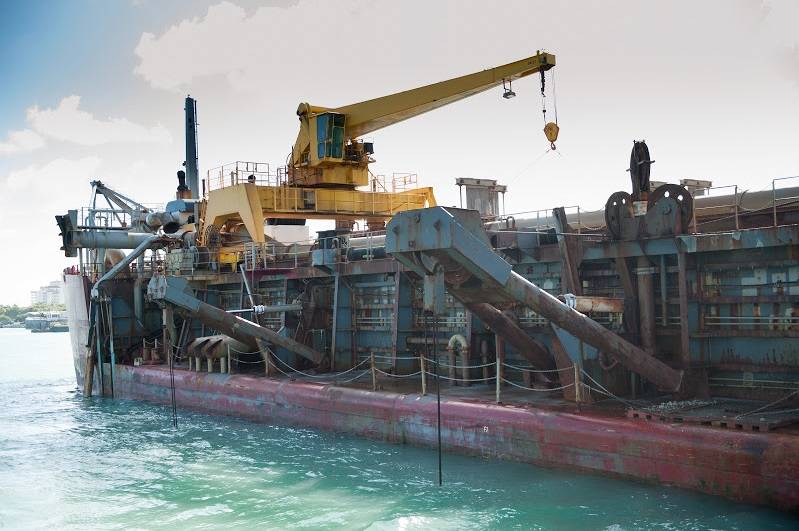
They encompass several unique habitats, such as submarine canyons, seamounts, and even chemosynthesis-based habitats (e.g., pockmarks and mud volcanoes). The observed deleterious effects of trawling on mega-epibenthic fauna together with the intensification of trawling pressure in the study area, stress the need for adequate monitoring programs and regulatory measures to halt the long-term loss of biodiversity and allow the sustainability of fisheries at the SW Portuguese Margin.Ĭontinental margins are considered productive and diverse regions in the deep sea ( Levin and Dayton, 2009). Also, low dissimilarity between assemblages from the main fishing grounds and the adjacent low-disturbance locations, suggests that the potentially negative influence of trawling can extend beyond the targeted areas (e.g., by the plumes of re-suspended sediments). Furthermore, the distinct mega-epibenthic assemblages and absence of several sessile erect morphospecies at both low and highly disturbed locations by trawling off Sines, namely all seapen morphospecies found in non-trawled areas, demonstrates the negative influence of trawling fisheries on the benthic component of the study area. Significant negative correlations were detected between various mega-epibenthic diversity indices and trawling pressure (h.cell −1.y −1). Areas subjected to intensive trawling pressure showed a generally flattened seabed, with abundant recent trawl marks (up to 3 scars.100 m −1), indicating that the seabed physical integrity was compromised.

The effect of trawling was assessed between segments with similar habitat characteristics, i.e., muddy-sand bottoms between 300 and 500 m. Differences in mega-epibenthic assemblages were linked with environmental changes (depth, grain size, primary productivity) and trawling disturbance. During the spring-summer of 20, several Remotely Operated Vehicle (ROV) video transects were used to investigate mega-epibenthic abundance, composition, and diversity in soft-sediment areas subjected to varying trawling pressures off Sines and Setúbal (200–800 m). At the SW Portuguese Margin, crustacean bottom trawlers have exploited deep-sea habitats for a few decades, but its effects on the benthic biodiversity are practically unknown. Together with numerous environmental and biological processes, physical disturbance induced by trawlers can largely shape the benthic habitats and their associated assemblages.

2Marine Biology Research Group, Ghent University, Ghent, Belgium.1Departamento de Biologia & CESAM, Universidade de Aveiro, Aveiro, Portugal.Amisi 5, Nikolaos Lampadariou 6, Ann Vanreusel 2 and Marina R.

Ramalho 1,2 *, Lidia Lins 2,3, Juan Bueno-Pardo 1, Eliana A.


 0 kommentar(er)
0 kommentar(er)
